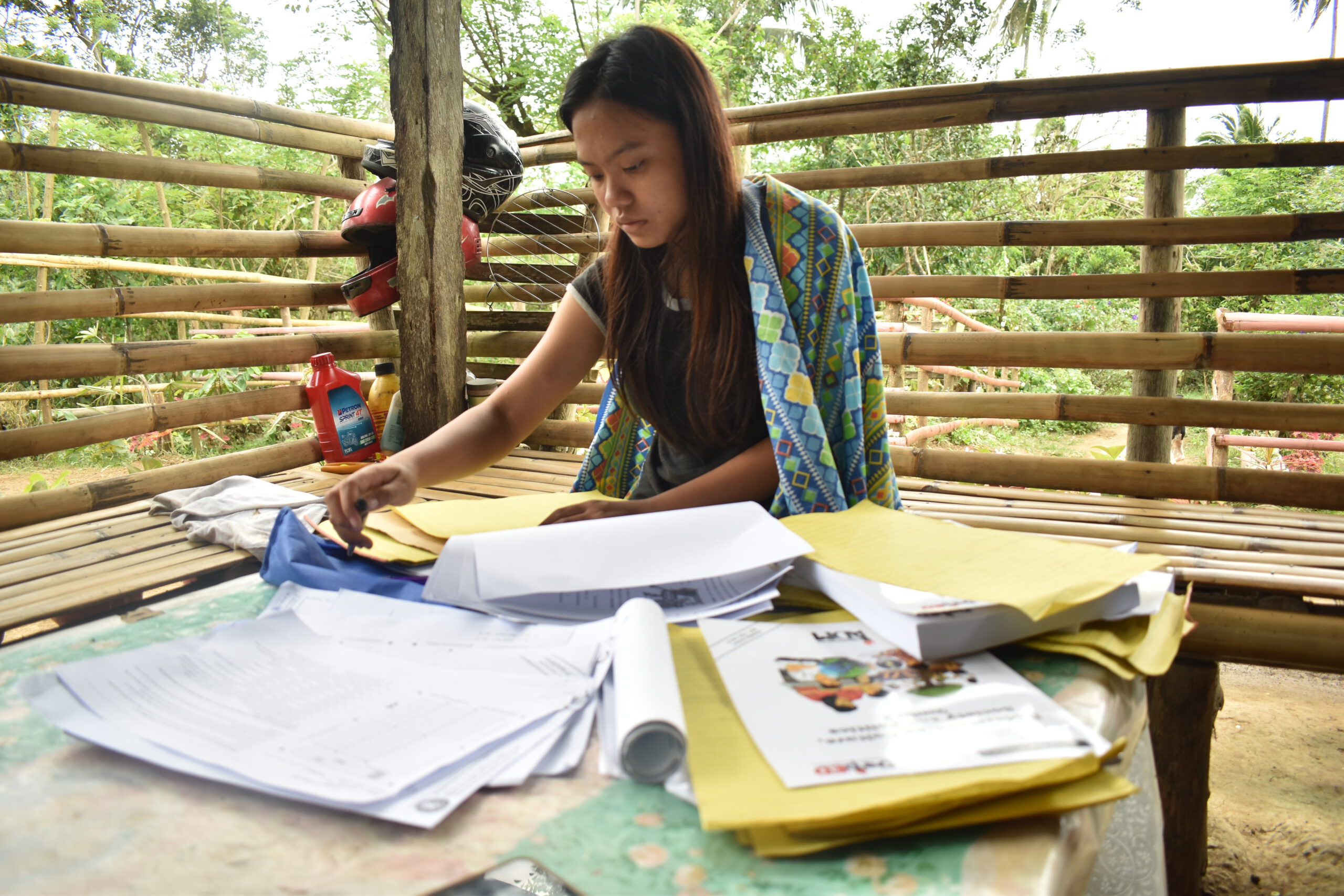It must be emphasized that the continuing crisis in the Philippine education has propagated a ‘chilling effect’ which has long been endured not only by the students, but also the parents, teachers, workers, and the Filipinos at large.
Since then, the Department of Education have always remained committed to ‘disappointment’ according to netizens.
Case in point, the education department is considering to shorten the two-month summer break of students to a two-week and is also planning to extend the school year.
Last Wednesday, in a GMA 24 Oras report, DepEd undersecretary Diosdado San Antonio considered to shorten the two-month summer break into only two weeks along with extending the school year.
“Hindi na magkakaroon ng mahabang (summer) break sa pagitan ng dalawang taong pasukan. Baka dalawang linggo lang. Pag-uusapan din ‘yan,” San Antonio said in an interview.
Pandemic aside, several Filipinos have been lamenting on the Philippine educational system being exclusive, inaccessible, and repressive. Turns out, their disappointment only gets worse especially with the flexible and distance learning modality was implemented by the DepEd and Commission on Higher Education to push for the continuing of education amid the face of COVID-19.
The undersecretary also mentioned that they are reviewing for the possibility of extending the quarter by two more weeks to give the students ‘more time’ to turn in their submission of requirements.
“Kami may balak na mag-propose na dalawang linggo ngayong quarter, so ibig sabihin magmo-move ‘yong school calendar nang dalawang linggo kapag na-approve ito,” San Antonio added.
Meanwhile, San Antonio’s proposition did not sit well among the netizens.
Students and parents are expressing their frustration and disapproval on social media over DepEd’s proposal. As of this writing, DepEd is trending on Twitter with 62,000+ tweets.
For teachers like Mr. Araullo, the proposed two-week summer break is deemed impractical.
“Kawawa naman kami ang ang mga bata, walang pahinga. Tsaka kinakailangan din ng mahabang preparasyon kada school year. Hindi sapat itong dalawang linggo bilang pahinga at paghahanda,” Mr. Araullo affirmed.
Beyond workload struggles of teachers
For both public school teachers, Ms. Vibar and Ms. Edora indicated their class hours as challenging, strenuous, and bothersome struggles.
“Actually, ang oras talaga namin ay hindi lang talaga limang oras para sa online teaching. Kami talaga ay binigyan ng duty hour na 8:00 am to 5:00 pm.,” Ms. Vibar affirmed.
Ms. Vibar noted that there are also school meetings and errands as reasons prior to her supplementary duty hours.
On the other hand, Ms. Edora mentioned that while she only meets her students twice a week and a day for follow-up, she worried for the communication and delivery of quality of education to her students through distance learning as mode of instruction.
“’Yong time at araw ay magaan sa akin ngunit isa sa nakikita kong problema ay ang pagtuturo ko ng aking paksa,” Ms. Edora lamented.
Ms. Edora shared that their school utilizes online, modular, and Facebook messenger upon the delivery of learning instruction.
“From my experience sa Facebook messenger, talagang mahirap. ‘Yong one-hour lang na time para sa mga bata, umabot ako ng three to four hours para sa isang paksa,” Ms. Edora stressed.
According to her, there are students that kept on asking and were not addressed for effective understanding given the time allotted for teaching. Furthermore, aside from the fact that learning instruction through Facebook messenger requires a lot of patience, it is also time consuming.
“May mga questions na itinatanong din ang mga bata na hindi nailinaw. What more kapag sa aktwal na sa facebook messenger lang talaga ang gamit namin sa pagtuturo. ‘Yong quality na inaasahan naming ngayon ay mukhang hindi maibibigay sa mga bata,” Edora added.
As a Social Studies teacher, Ms. Edora hopes to develop and hone critical thinking towards her students. Through this mode of instruction, she believes that it will be a struggle to give motivation and encouragement for students to participate.
“Mahirap palabasin ang ideas at pagpa-participate sa recitation through online. What more kung ie-explain pa nila? what more kung mageexpect pa kami ng opinions, ideas, and other things para itaas ang kanilang kakayahang mag-isip,” Ms. Edora stated.
Meanwhile, these issues are also relevant to the plight of private school teachers.
Ms. Francisco, who teaches Mathematics, cited the differences of students as there were also slow-paced learners.
“Hindi rin naman lahat ng students mabilis mag-adapt o makaintindi ng topic. In fact, sa Math, face-to-face lang eh hirap na ‘yong iba; paano pa kaya sa online?” Francisco lamented.
“May ibang lessons din na sobrang haba ng kakainin na time at kailangan mong isiksik sa sobrang liit na oras,” she added.
Furthermore, Francisco expressed her exhaustion while comparing face-to-face to online teaching.
“Grabe talaga ang pagod, kasi kapag nasa actual class ka ng face-to-face ay magprepare ka ng visual aid, magdala ka ng marker at book ay pwede na. Sa online class, lalo na sa elementary, mas kinakailangan talaga nila ang visuals,” Francisco shared.
“Ang online class ay hindi practical sa basic education dahil kailangan ng teacher intervention. Ang online class ay maari sa senior high school o college level dahil independent na sila. Pero sa pre-school, mahirap ‘yan,” Araullo seconded.






























